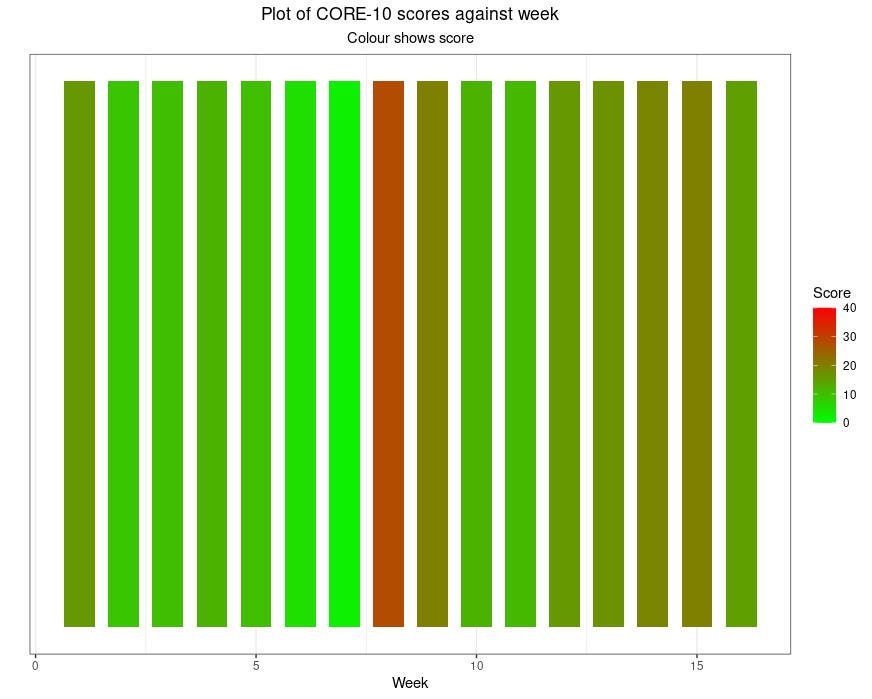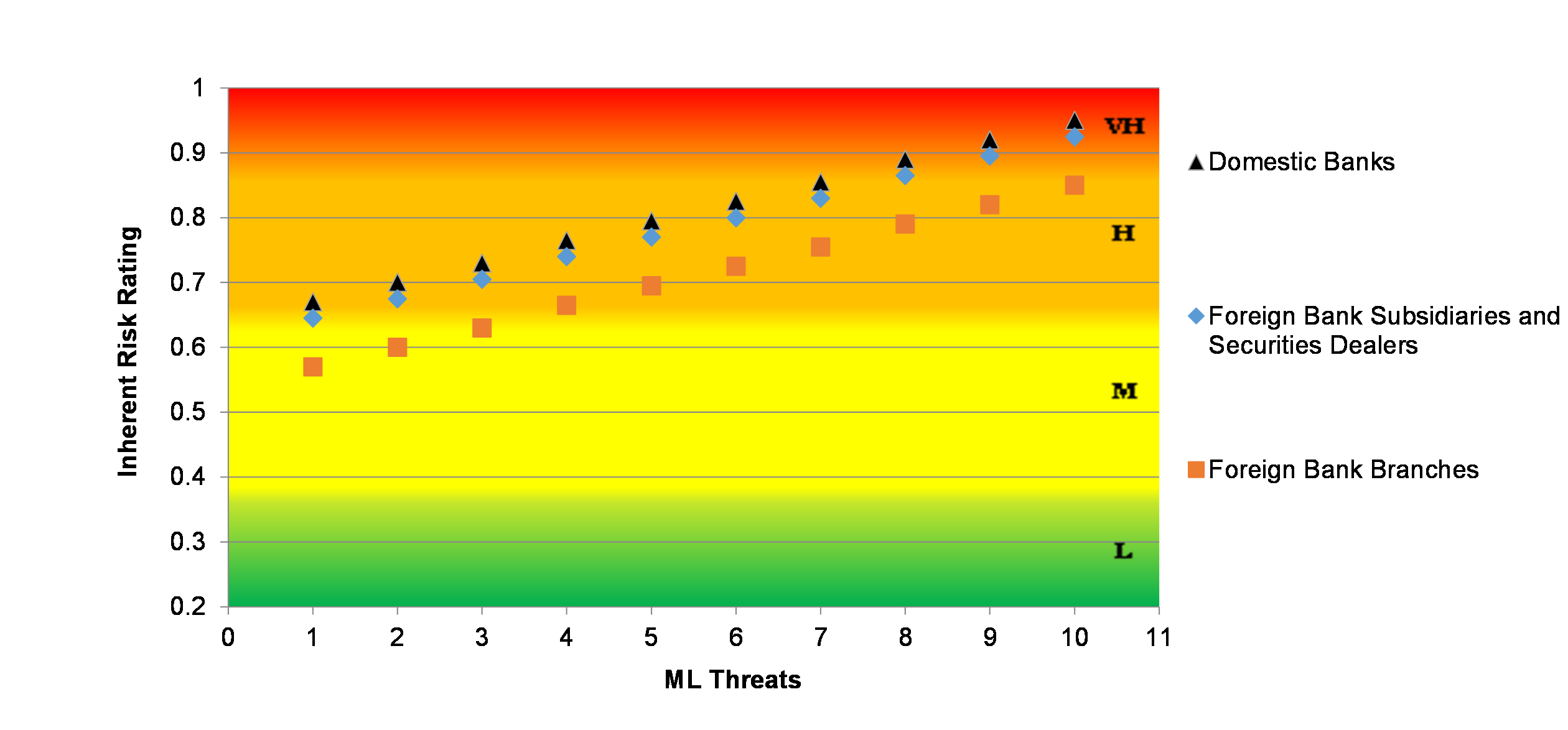Atmosphere, Free Full-Text
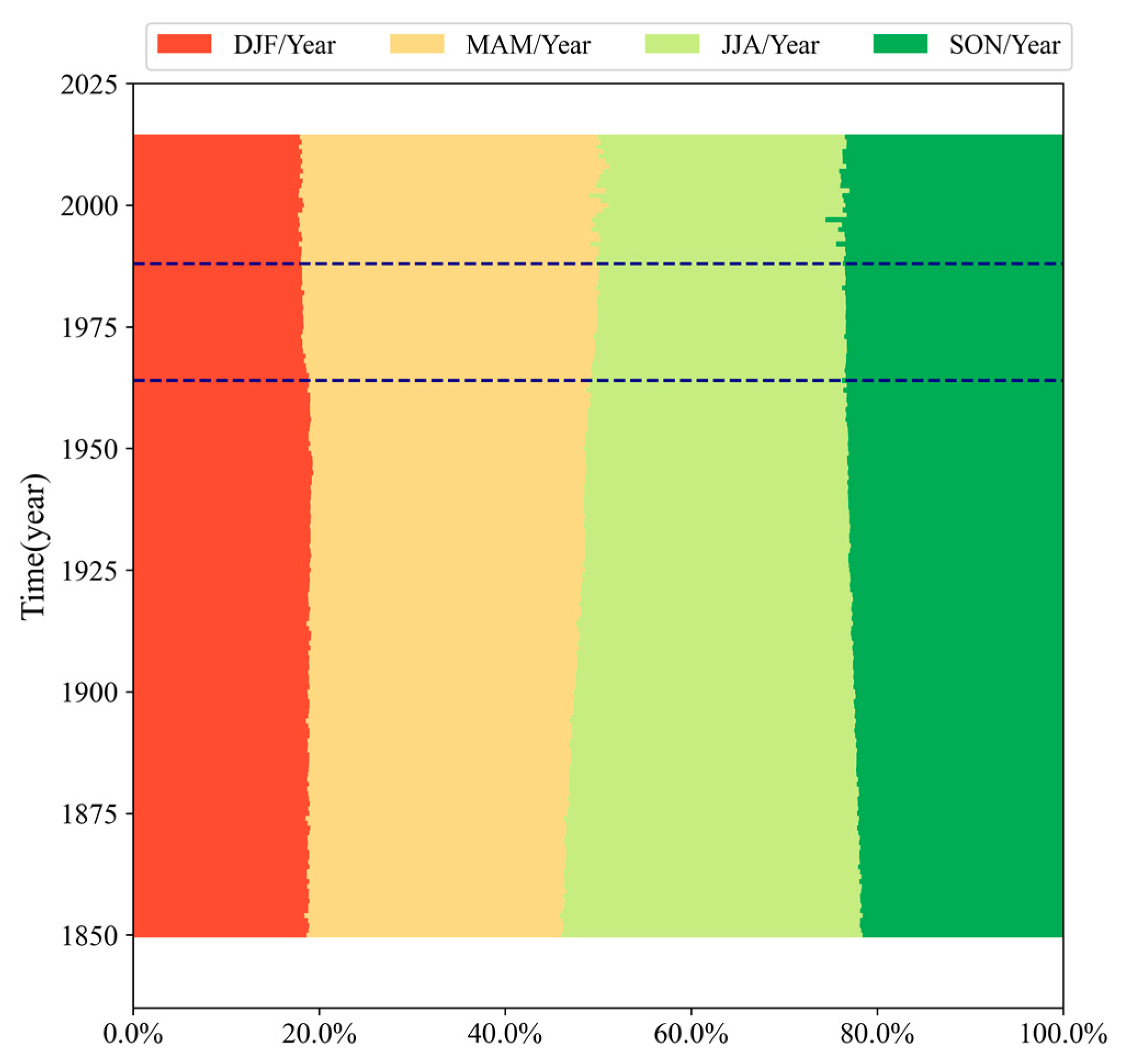
Ammonia (NH3) is a crucial alkaline component in the atmosphere, with significant impacts on environmental and ecosystem health. However, our understanding of the long-term variability characteristics of NH3 emissions is still limited due to the scarcity of long-term continuous NH3 emission observation data. In this study, we investigated the global NH3 emission evolution pattern during the high-emission season (March–August) in historical (1850–2014) and future (2015–2060) periods, based on the simulated global NH3 emission and temperature data using the CESM2-WACCM model from CMIP6. We utilized cluster analysis, KNN regression simulation, and transfer matrix analysis to explore the emission characteristics. In the historical period, the analysis revealed that the high NH3 emission season is March–August, accounting for about 60% of annual emissions, with a significant increasing trend of NH3 emissions. The global average NH3 emissions in the last 164 years were about four times higher (28.06 mg m−2) than those in 1850 (5.52 mg m−2). Moreover, on the intercontinental scale, NH3 emissions from 1850 to 2014 March–August exhibited dynamic increases characterized differently across continents. Europe showed an increasing and then decreasing trend, Asia demonstrated a rapid increase, while South America, North America, and Africa exhibited medium increases, and Australia showed low increases. The global NH3 emissions experienced three distinct periods of low (1850–1964, slope = 0.059 mg m−2 y−1), high (1965–1988, slope = 0.389 mg m−2 y−1), and medium (1989–2014, slope = 0.180 mg m−2 y−1) rates of increase. Starting from the high rate of increase period, the hotspots of global NH3 emissions gradually shifted from Europe to East and South Asia. Looking ahead, our findings suggest that the global NH3 emission rate will tend to slow down under the Representative Concentration Pathway (RCP) 4.5 and RCP8.5 warming scenarios. However, compared with the medium-rate increasing period, the moderate and heavy NH3 emission areas under RCP4.5 and RCP8.5 scenarios will show a tendency to expand by 2060, with the proportion of area covered by heavy emissions increasing by 0.55% and 0.56%, respectively. In conclusion, our study highlights that NH3 pollution remains a significant environmental challenge in the future period, with Asia and Europe being the key areas requiring attention for NH3 emission reduction.

Climate Change Worksheet - FREE Printable Seek and Find Word Puzzles
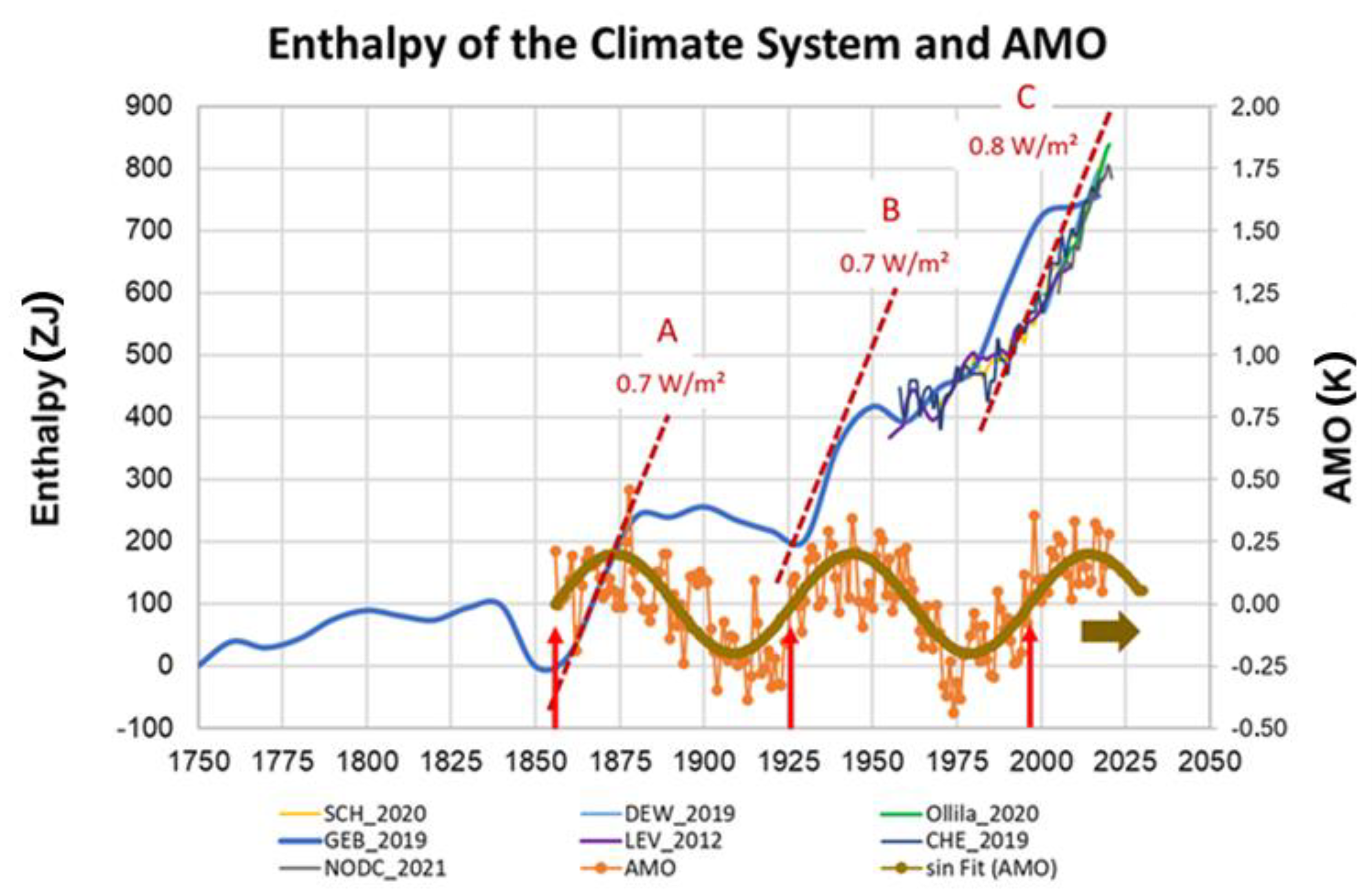
Atmosphere, Free Full-Text
Buy Earth Science: The Earth, The Atmosphere, and Space on ✓ FREE SHIPPING on qualified orders

Earth Science: The Earth, The Atmosphere, and Space

Layers of the Atmosphere Vocabulary and Concept Sort. FREE!
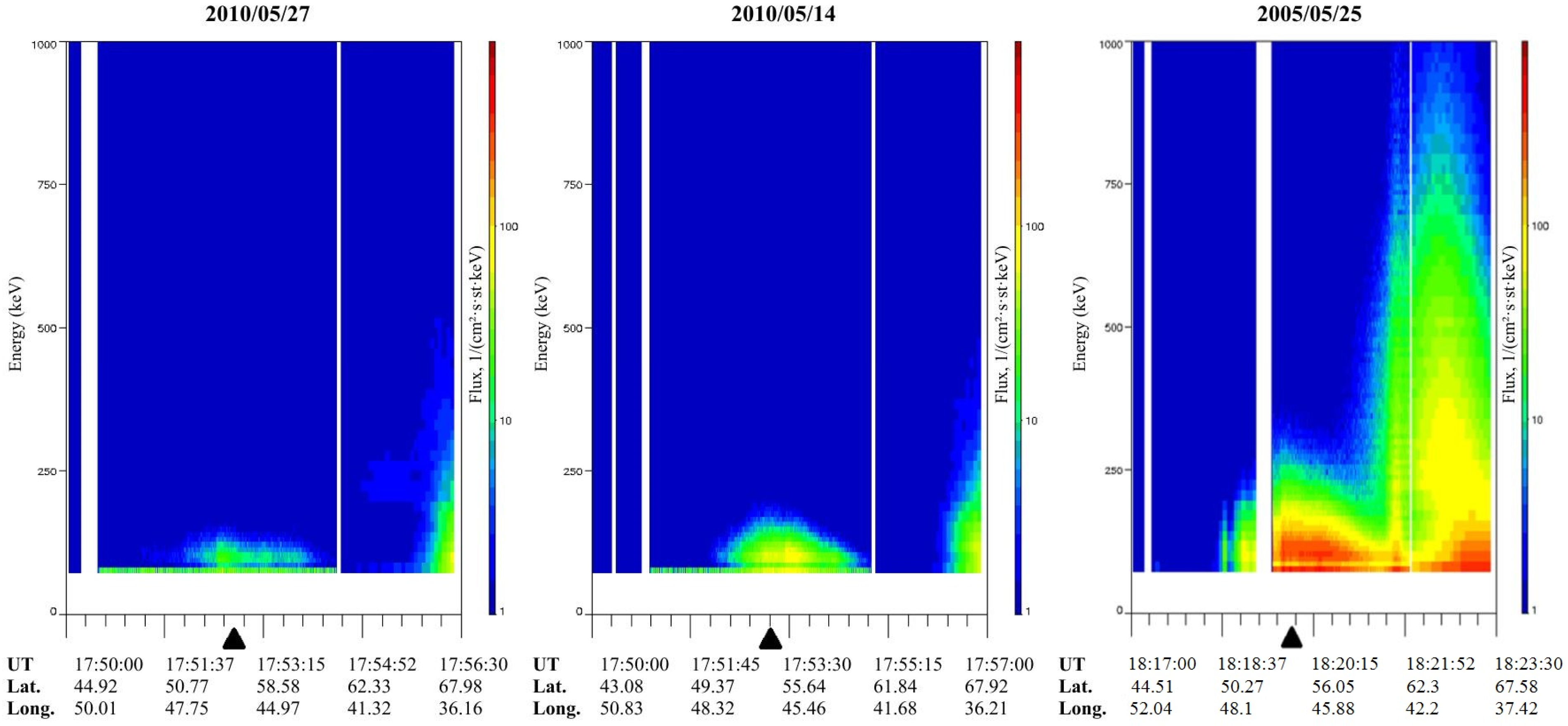
Atmosphere, Free Full-Text
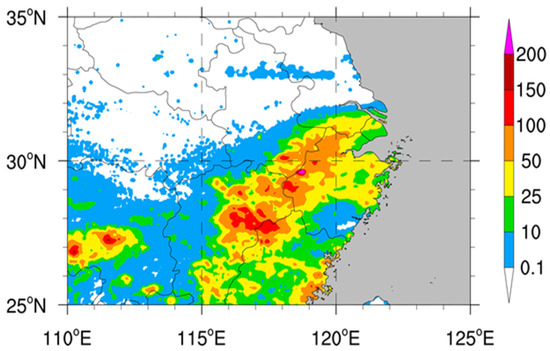
Atmosphere, Free Full-Text

Layers of the Atmosphere Activities - Rock Your Homeschool
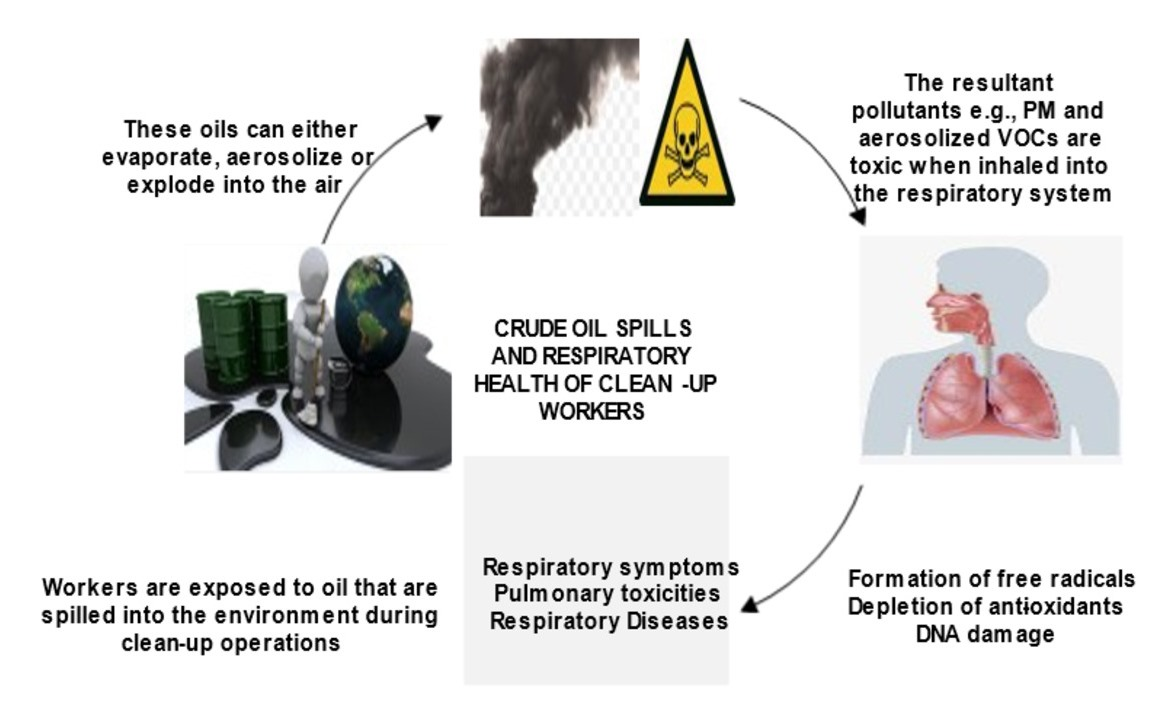
Spill at a nuclear facility shows potential burn risks from a
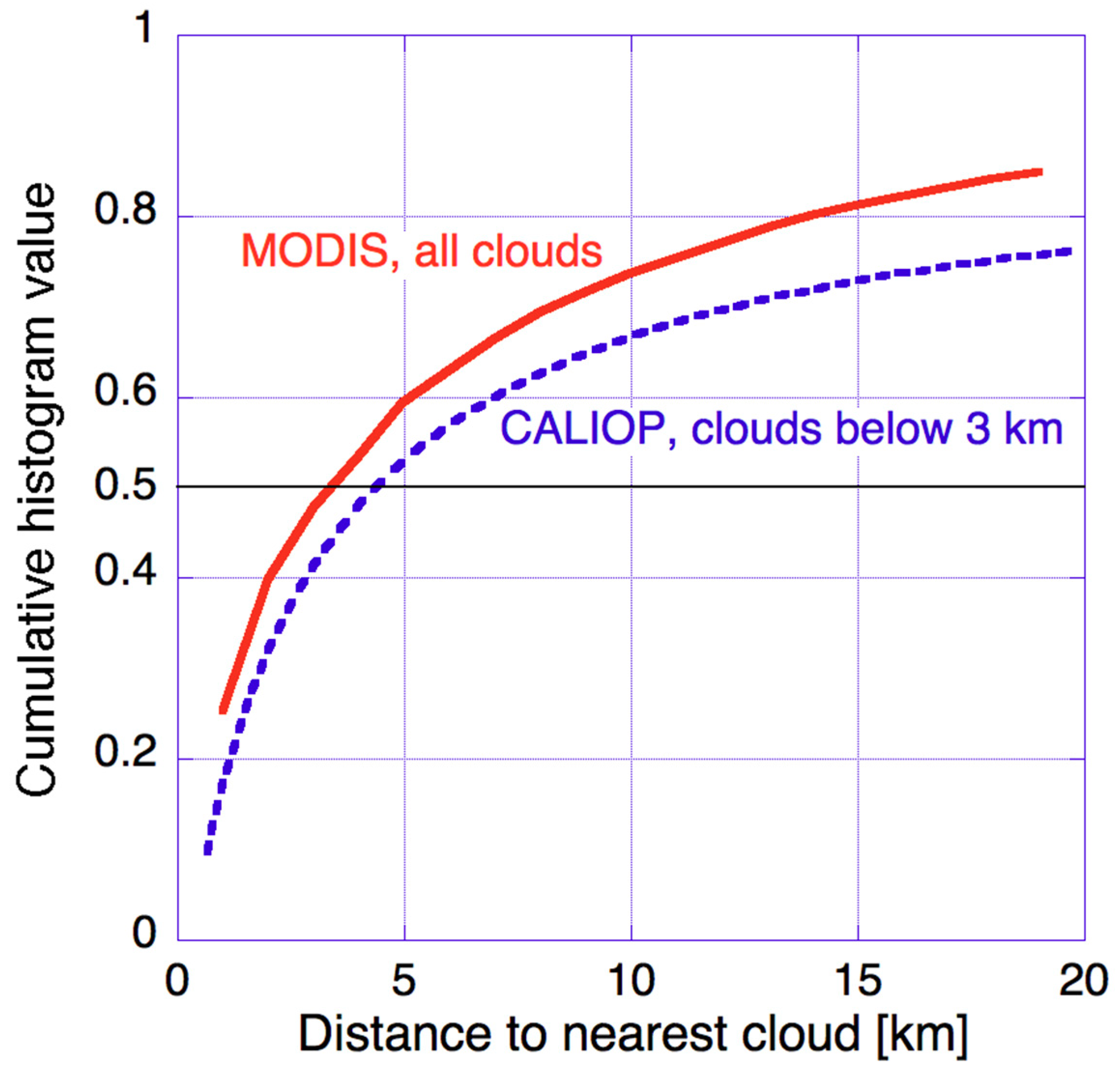
Atmosphere, Free Full-Text
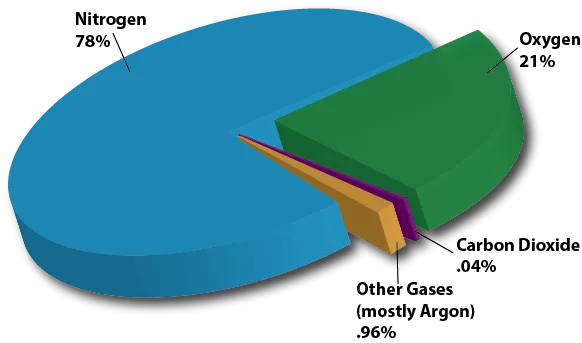
What's in the Air? Center for Science Education
